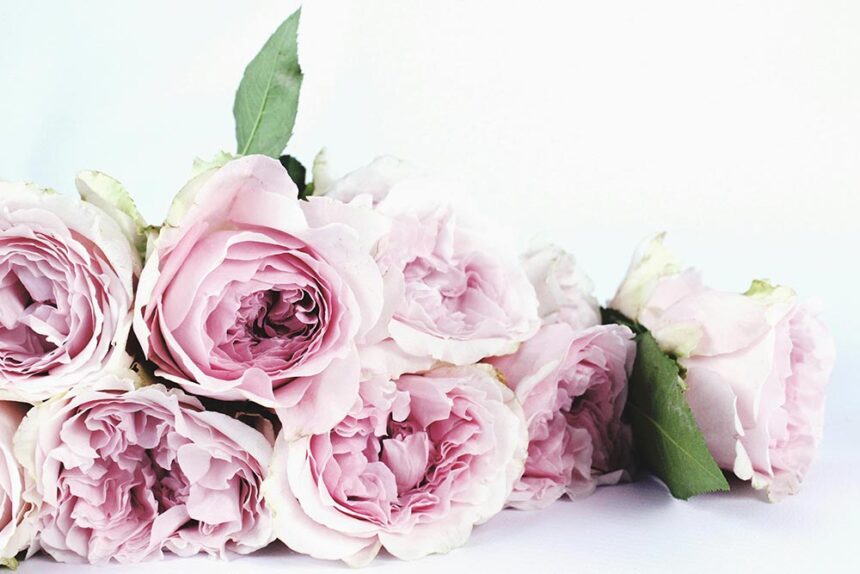Fabric flower making is an art form that intertwines creativity with versatility. Crafted from a variety of fabrics such as silk, satin, or cotton, these blooms boast a lifelike appearance and a soft, luxurious feel. Meticulously constructed petals are often shaped and arranged to resemble real flowers, offering a stunning alternative to natural blooms. The quality of fabric flowers lies in their durability and resilience, capable of withstanding the test of time without losing their beauty.
These blossoms find numerous uses in various contexts, from bridal bouquets to home decor and fashion accessories. Unlike fresh flowers, fabric blooms endure beyond a single occasion, serving as cherished keepsakes or decorative accents long after the event has passed. Moreover, fabric flowers contribute to sustainability efforts by reducing the demand for cut flowers, which often involves environmentally harmful practices like pesticides and long-distance transportation.
Beyond their aesthetic appeal, fabric flowers also offer practical benefits. They require minimal maintenance, sparing users the need for water and sunlight, making them ideal for busy individuals or environments where natural flowers may not thrive. Additionally, fabric flowers are hypoallergenic, making them suitable for allergy-prone individuals who may react to pollen from real flowers.
In essence, fabric flowers represent a harmonious blend of artistry, functionality, and eco-consciousness, providing a timeless and eco-friendly alternative to traditional floral arrangements.
Click here to change this text


Leave a Reply